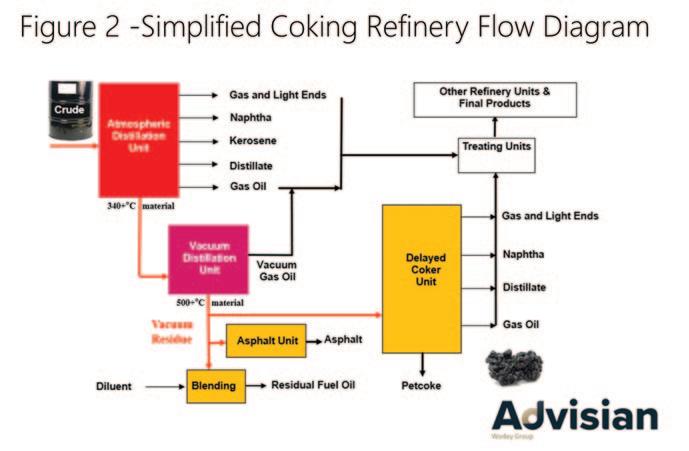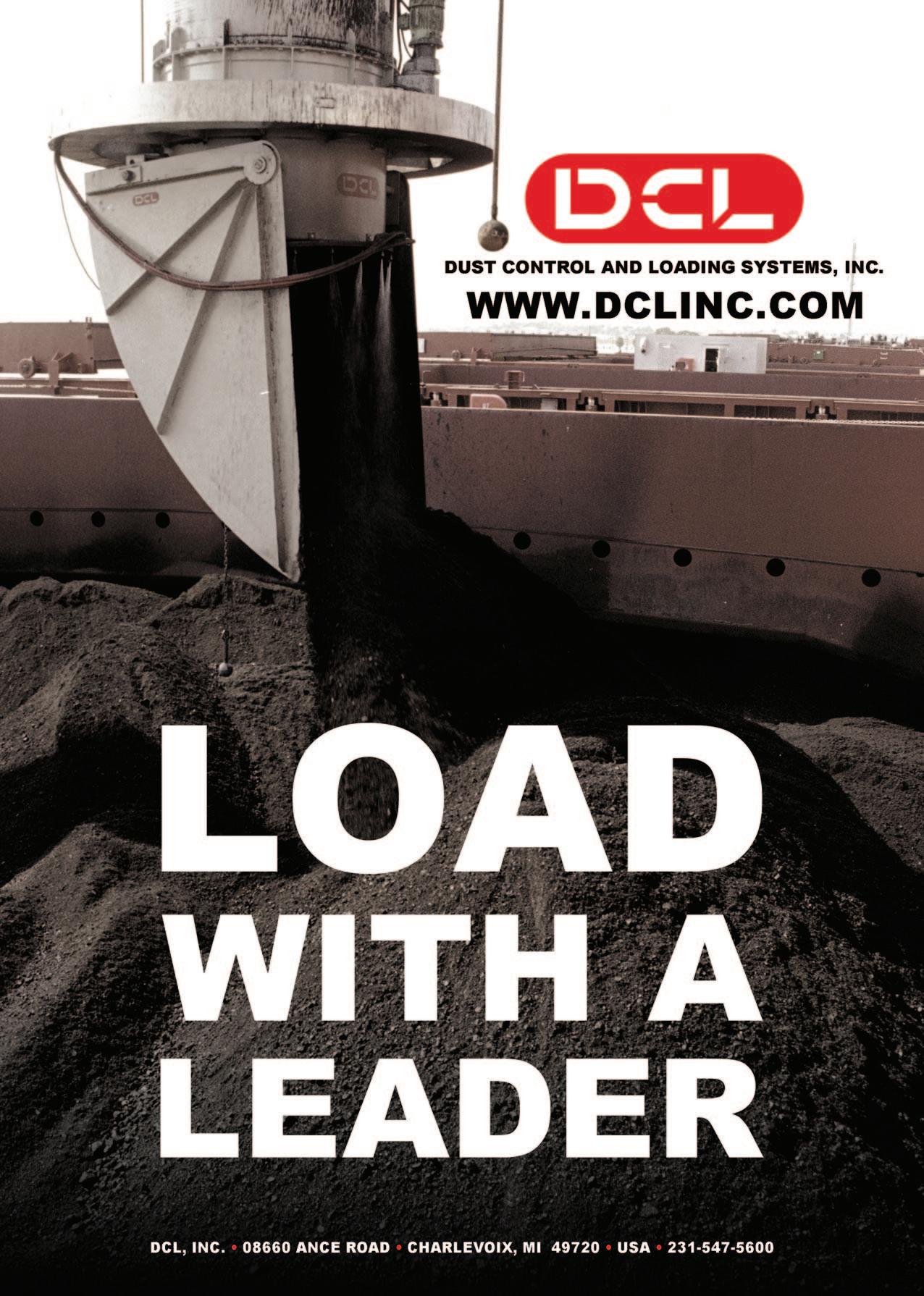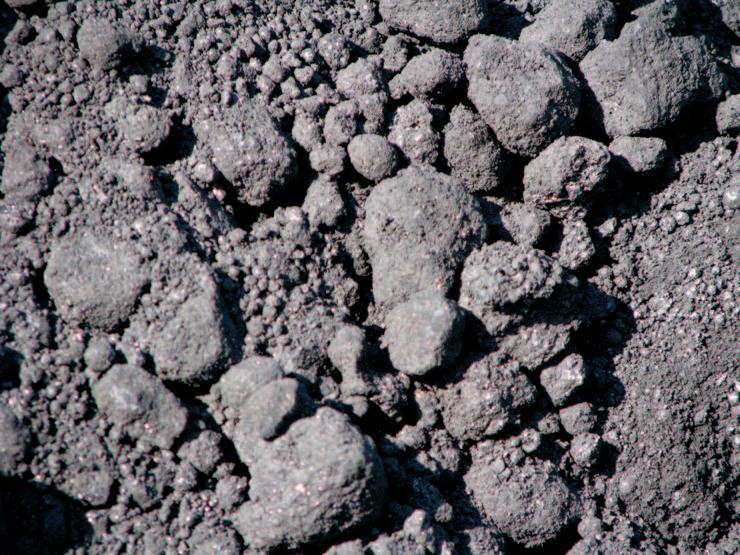
6 minute read
PETCOKE: HEADLINE TO BE CONFIRMED
when do we get back to the new normal? Petcoke market — roiled by change
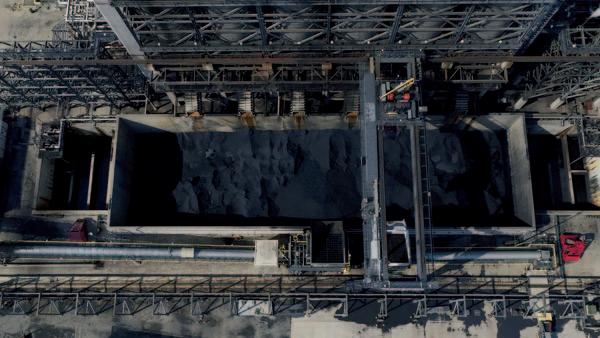
Ben Ziesmer, Pedro Mackay & Rituraj Jha, Advisian
The petroleum coke (petcoke) market has been roiled by remarkable change over the last four years. The most obvious indication of this rapidly changing market has been prices (see Figure 1 — US FuelGrade Petroleum Coke Prices). We focus on United States fuel-grade petcoke export prices because the US fuel-grade petcoke provides approximately 75% of the seaborne petcoke trade. Fuel-grade petcoke has lower pricing and is generally lower quality than petcoke used for carbon applications (see Coking Background for more information).
Figure 1 (right) illustrates that US West Coast (USWC) petcoke prices (unless specified otherwise, all references to petcoke prices refer to fuel-grade petcoke prices) are higher, sometime substantially higher, than US Gulf Coast (USGC) petcoke prices. USWC petcoke prices are higher because USWC petcoke typically has much lower sulphur content than USGC. This allows it to go into higher value markets such as the steel industry and the glass industry. Export volumes are much lower (<6 vs. 24+ million MT [metric tonnes]), which makes it easier to limit sales to higher value markets — USWC exports are dominated by China and Japan which typically each receive about 40% of USWC exports. On the other hand, USGC export destinations are varied with exports typically going to 40+ different countries in a year.
Price volatility has been, and continues to be, driven by a multitude of issues including changing coal prices, trade policies, and major geopolitical events. Government-imposed shelter in place (lockdowns) in response to the Covid-19
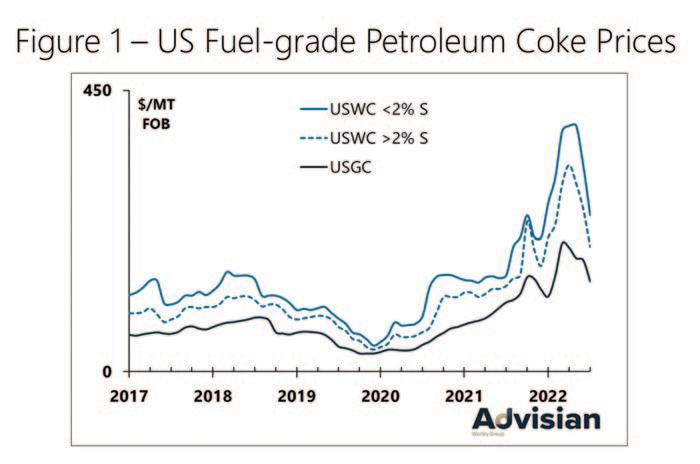
pandemic produced huge economic disruptions. Global GDP shrank by 3.3% in 2020, by far the largest decrease in global GDP since the Second World War1. Almost simultaneously with implementation of lockdowns, there was a historic crash of oil prices in March 2020 followed by unprecedented oil production cuts by OPEC+2. These events impacted petcoke production and trade flows. However, before delving into these issues, let us give a brief background on petcoke.
COKING BACKGROUND Petcoke is produced as a by-product in many oil refineries. Crude oil is first processed in an atmospheric distillation unit, followed by a vacuum distillation unit. The heavy residuum exiting the bottom of the vacuum tower (i.e., vacuum tower bottoms, or VTB) can be used to make asphalt, residual fuel oil (RFO)3, or used as feedstock for a coker (see Figure 2 — Simplified Coking Refinery Flow Diagram) or other bottoms upgrading technology.
For decades, the refining industry has faced the problem that demand growth for transportation fuels (i.e., gasoline, diesel, jet fuel) has been, and continues to be, much greater than for RFO. To put it another way, people are buying cars and trucks and flying on airplanes, but no one is building RFO-fuelled power plants or industrial facilities. In response to this problem, the refining industry developed various technologies to upgrade VTBs to produce more valuable light products instead of RFO.
Cokers have been, and continue to be, the dominant bottoms upgrading technology. They allow refiners to reduce production of RFO per barrel of crude oil processed and bridge the gap between the growth in demand for light products and RFO demand growth. To summarize, the primary purpose of a coker is to reduce the production of RFO by converting heavy VTBs into high value transportation fuels (gasoline, diesel, jet fuel, etc.) with petcoke produced as a by-product of the coking process.
It is also important to recognize that the percentage of VTBs produced as a result of refining crude oil increases dramatically as the crude oil processed in the refinery gets heavier (i.e., lower specific gravity). For example, about 10% (by weight) of light Arabian crude oil becomes vacuum tower bottoms, whereas almost 40% of very heavy Mexican Maya or Alberta crude oils become vacuum tower bottoms. Consequently, the percentage of crude oil that becomes petcoke increases dramatically, and refineries that are designed to process heavy crude oils are much more likely to have coking capacity (or other VTB upgrading technology) than refineries designed to refine lighter crude oil.
Traditionally, cokers are installed in oil refineries to convert VTB and other heavy residual oils into higher-value light transportation products (e.g., gasoline, jet fuel, diesel fuel). Until recently, a coker almost invariably increased refinery profitability because the yield of high-value transportation fuels is maximized and the production of low-value RFO is minimized4 . While the coking process has been in use since the 1930s, petcoke production has seen its largest growth since 1995 (production: 1995= ~30 million WMT, 2018 =~140 million WMT) principally because light transportation petroleum product demand grew faster than RFO demand worldwide, and the overall global crude slate got heavier. Consequently, petcoke production grew much faster than crude oil demand (1995–2018 CAGR = 6.6% for petcoke vs. 1.6% for crude oil).
Refineries run a blend of different crude oils (known as the crude slate), and choices of crude oils which are in the crude slate significantly impacts the quantity and quality of petcoke that is produced. The selection of the crude slate is driven by a complex series of factors including the capabilities of the refinery processing units, crude oil pricing and availability, and demand for refined products.
PETCOKE MARKETS Petroleum coke (petcoke) is unusual because it is used not only as a heat source (i.e. fuel) but also as a carbon source in metal production and chemical processes. Petroleum coke used as a carbon source requires better quality (e.g., low sulphur and metals content) and commands higher prices, driven by different factors than fuelgrade petcoke prices.
Green5 petcoke used as a carbon source is usually upgraded by calcination — a process that uses heat to remove moisture and volatile matter from petcoke. This process improves critical physical properties and converts green petcoke into an electrically conductive form of carbon. Calcined green petcoke is referred to as calcined petroleum coke (CPC).
The production of carbon anodes for aluminium smelting is the largest market for CPC. However, there are other uses for CPC. These include the production of carbon electrodes for electric arc furnaces, and for titanium dioxide (TiO2). It can also act as a recarburizer (i.e., carbon raiser) in the steel industry, and, very recently, as a
[1]“The ISA Global Economic and Risk Outlook”, Michael Weidokal, Advisian webinar “5 Things to Watch for in 2021”, June 15, 2021 [2] OPEC+ is a combination of the 13 members of OPEC (Organization of Petroleum Exporting Countries) and a Russian-led coalition of ten additional petroleum exporting countries. [3] Typically, about 30% high value diluent such as light cycle oil needs to be added to meet RFO viscosity and density specifications. [4] Since the early 1990s, cokers have also been used in upgraders that produce various grades of synthetic crude oil (SCO) from bitumen or ultraheavy crude oils. This type of upgrader exists in Venezuela where ultra-heavy Orinoco Belt crude oil is upgraded and is exported as lighter crude oils, and in Canada where upgraders are used to produce SCO from the bitumen derived from Alberta oil sands. Upgrading economics are driven by crude oil economics, not refining and coking economics. [5] Technically, all petcoke that has not been calcined is green petcoke (GPC). However, within the petcoke industry, the term GPC is usually only used for petcoke that is used as calciner feedstock.
